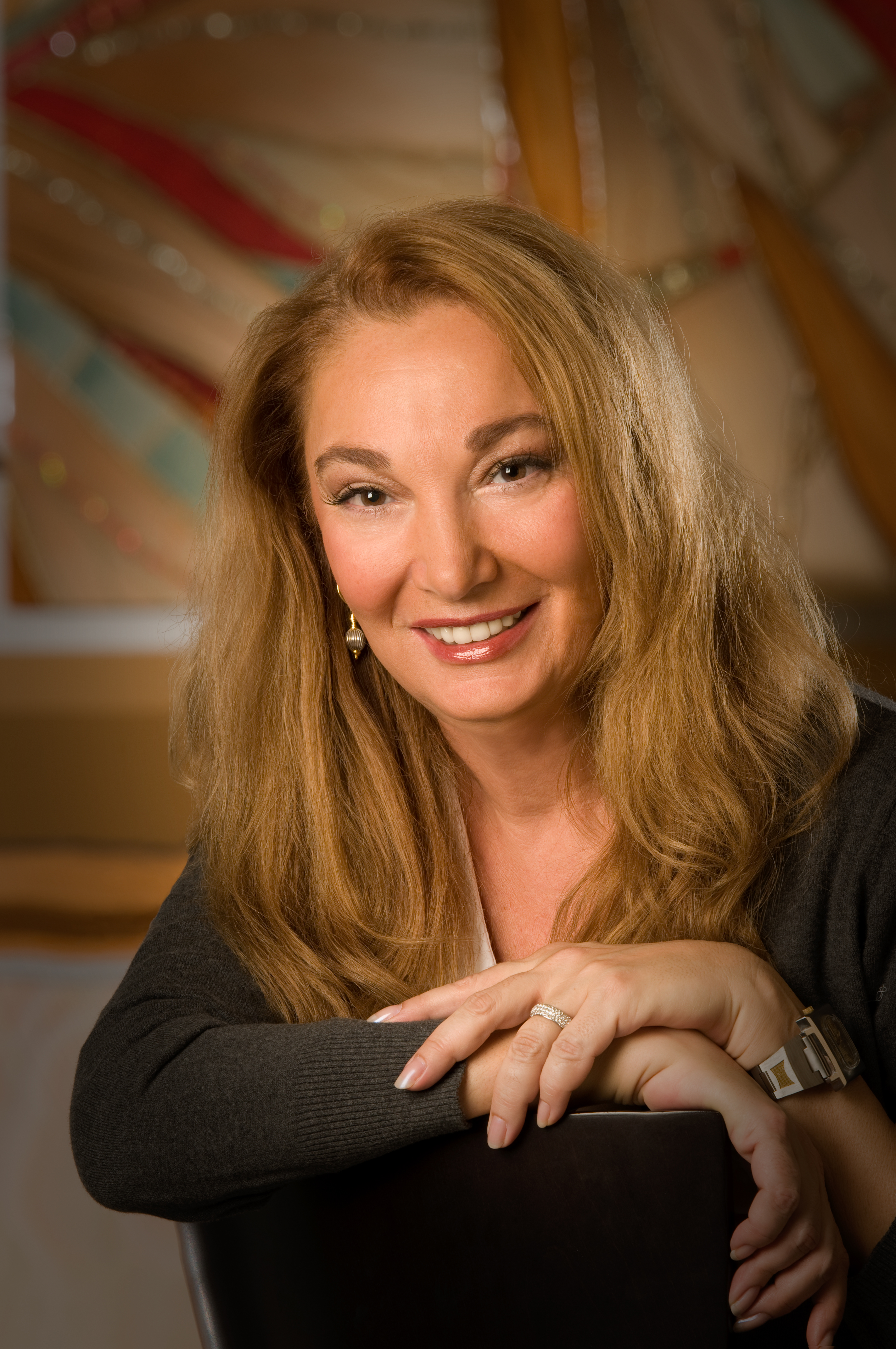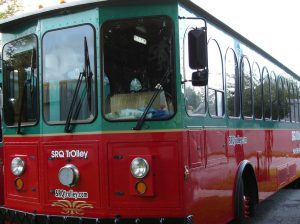 City and county leaders are on the verge of hailing new, creative efforts to reduce traffic congestion in downtown Sarasota and on Siesta Key.
City and county leaders are on the verge of hailing new, creative efforts to reduce traffic congestion in downtown Sarasota and on Siesta Key.
In Sarasota, city leaders are nearing the end of negotiations on a deal to provide seed funding for a new electric-vehicle shuttle service around downtown.
On Siesta Key, Sarasota County Area Transit leaders are accepting bids for a company to provide a new open-air trolley service along the key from the village to Turtle Beach, with numerous stops in between.
If both plans go off without a hitch, free or cheap rides around Main Street and across most of Siesta Key could be available as early as February – ideally encouraging more visitors and local drivers to opt out of their own cars and onto the shuttle or trolley, leaders said last week.
Both ideas are years in the making and both aim to reduce traffic and open more parking spaces by giving visitors more easier, cheaper options than driving themselves to every location across the key and downtown.
“We’re getting so close now that we’re really excited this could be a really good opportunity for everybody,” SCAT spokeswoman Kendra Kiederling said.
City planners and Downtown Improvement District operations manager John Moran are finalizing negotiations this month with electric shuttle vendor Gotcha Ride. The free service would include six to nine, six-seat electric shuttles that could be hailed on a mobile app to ferry residents, visitors and workers around downtown without moving their cars.
To “kick start” the project, the city is preparing to spend $548,000 over the next two years to fund initial operations and set up the shuttles with chargers and parking in the Palm Avenue parking garage, Moran said. After two years, if the pilot program succeeds, Gotcha Ride would fund the operation by selling advertising on the cars – with design modeled after NASCAR race car sponsorships.
Gotcha Ride largely serves college campuses and operates throughout the southeast, including at Florida State University and the University of Florida, according to its website. The group is the second option after Downtowner, a similar company which established its first shuttle service in Delray Beach and is moving into Tampa later this year, decided Sarasota “wasn’t a good fit” for its service, Moran said.
“I hope, fingers crossed, we’re going to have a successful negotiation with this group” Gotcha Ride, Moran said. “They happen to have just ordered 12 vehicles, so they would be ready to go fairly quickly after City Commission approval of the contract.”
Moran hopes to present the contract and pilot program to the City Commission right after the New Year’s, which could bring shuttles to the city as soon as February.
That would be about the earliest that SCAT’s new trolley system could begin operation, too, Kiederling said. The county opened bids for that service late last month and will accept applications essentially through the end of the year.
The trolley concept – in the style of a classic city trolley, not an electric shuttle – has long been sought by the Siesta Key Association and Siesta Key Chamber of Commerce as a means to convert drivers to riders to reduce congestion.
The plan would involve consolidating one of the bus routes on the key now, stretching south along Beach and Midnight Pass roads from the village area to Turtle Beach and back, Kiederling said. The trolley would be active for about six months each year during the tourist season, she added.
“If this comes to fruition, we could get something maybe in February and March,” Kiederling said. “This next spring wouldn’t be the whole season, but we just want to get it out there and try it anyway.”
Herald Tribune December 11, 2016
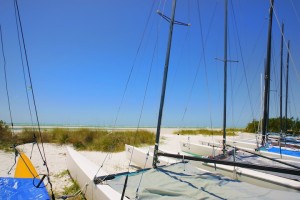 It starts—as scientists tell us all life did—with the sea. Standing on dazzling white sand, looking out over the vast Gulf of Mexico, you fall in love with Sarasota. And if you happen to be doing that at sunset, when the mirror-calm water shimmers with every imaginable shade of pink and gold and purple, you fall even harder. It happened to me and my friends and neighbors, and if this is your very first visit, I can pretty much guarantee it will happen to you.
It starts—as scientists tell us all life did—with the sea. Standing on dazzling white sand, looking out over the vast Gulf of Mexico, you fall in love with Sarasota. And if you happen to be doing that at sunset, when the mirror-calm water shimmers with every imaginable shade of pink and gold and purple, you fall even harder. It happened to me and my friends and neighbors, and if this is your very first visit, I can pretty much guarantee it will happen to you.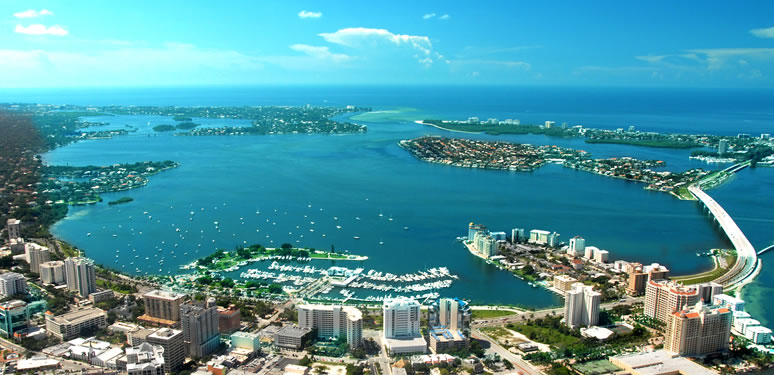
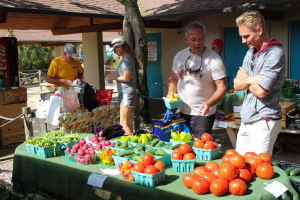 Lido Pavilion hosts the Key’s inaugural Veggie Market, a weekly open-air produce market designed to serve barrier island residents.
Lido Pavilion hosts the Key’s inaugural Veggie Market, a weekly open-air produce market designed to serve barrier island residents.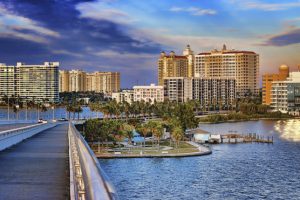 The community-driven process aimed at reinvigorating a prime piece of public land on Sarasota’s bayfront has taken another significant step forward. As leaders of a volunteer movement proposed in July, the Sarasota Bayfront Planning Organization has been created — and the names of its nine members were announced.
The community-driven process aimed at reinvigorating a prime piece of public land on Sarasota’s bayfront has taken another significant step forward. As leaders of a volunteer movement proposed in July, the Sarasota Bayfront Planning Organization has been created — and the names of its nine members were announced.
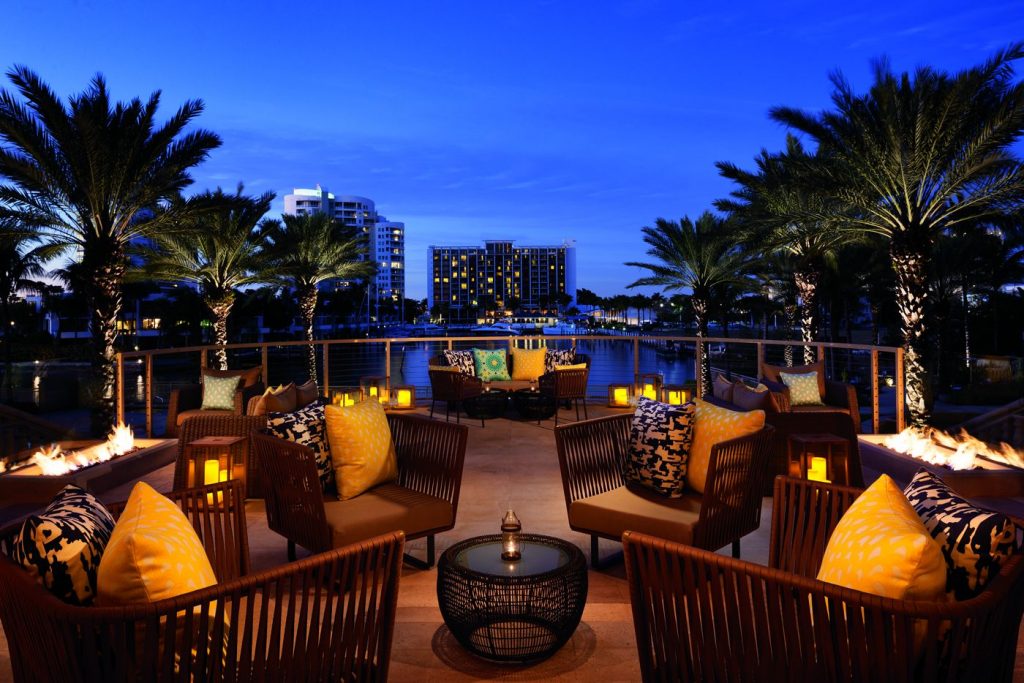

 The Ritz-Carlton is synonymous with a lifestyle of singular style and grace. Now, the latest evolution of that lifestyle is making its debut on the glistening shores of Sarasota Bay.
The Ritz-Carlton is synonymous with a lifestyle of singular style and grace. Now, the latest evolution of that lifestyle is making its debut on the glistening shores of Sarasota Bay.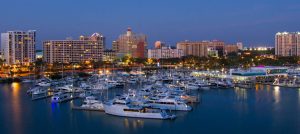 Options for getting around Sarasota could soon evolve from car or bus rides to trips on commuter rails, water taxis and new bike and pedestrian paths.
Options for getting around Sarasota could soon evolve from car or bus rides to trips on commuter rails, water taxis and new bike and pedestrian paths.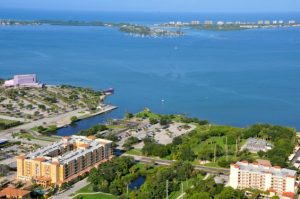 Overview of the progress on the Sarasota Bayfront – July 2016
Overview of the progress on the Sarasota Bayfront – July 2016